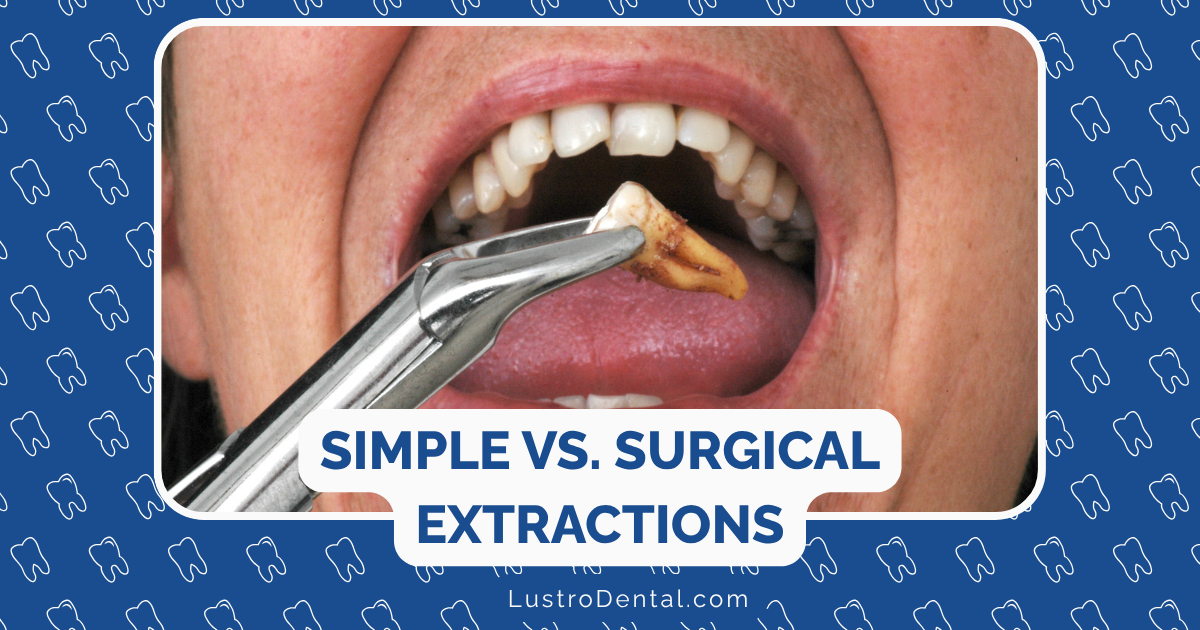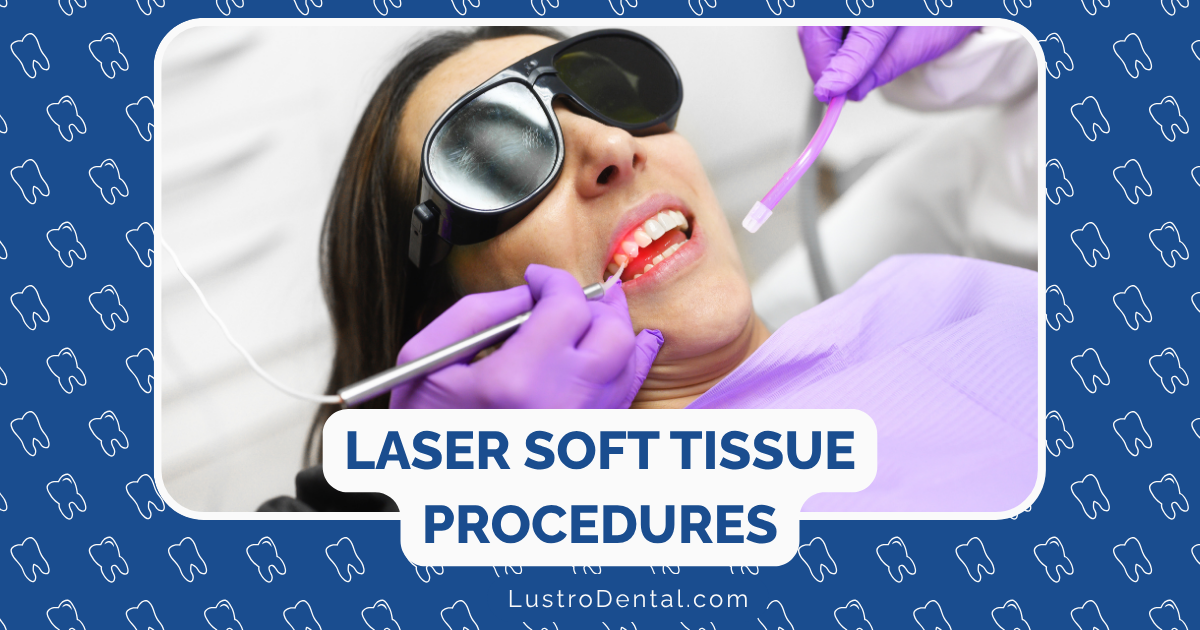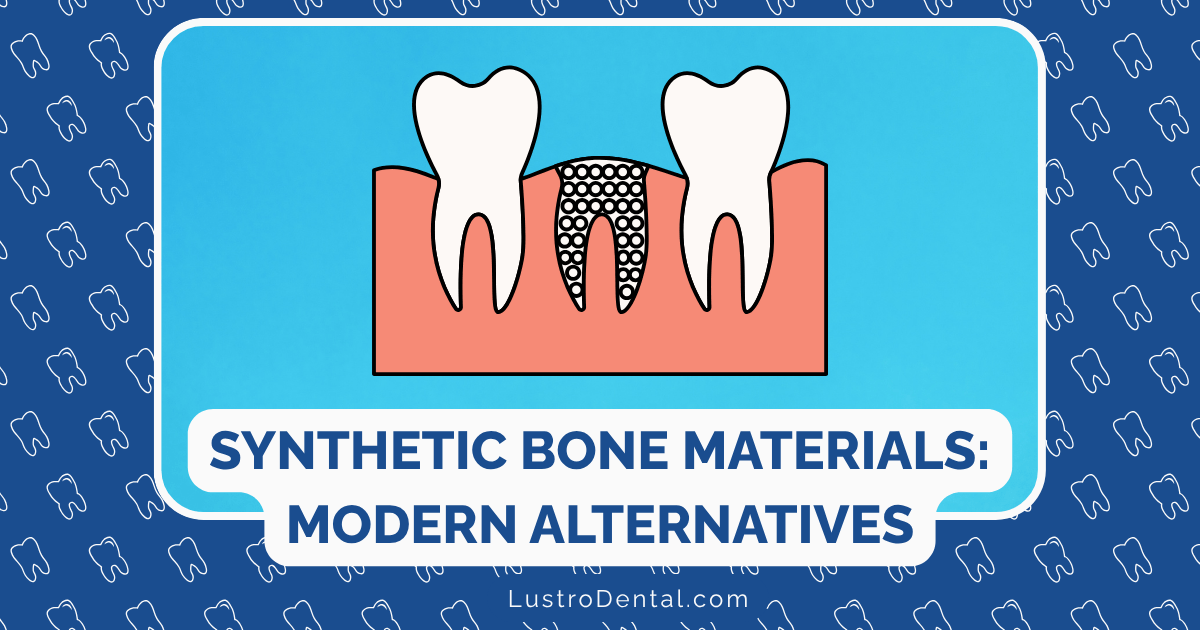Simple vs. Surgical Extractions: Understanding the Difference in Procedure and Recovery

Having a tooth extracted isn’t anyone’s idea of a good time. But understanding what to expect can make the experience much less daunting. As someone who’s guided countless patients through dental procedures, I’ve seen firsthand how knowledge empowers people and reduces anxiety.
In this guide, we’ll explore the key differences between simple and surgical extractions—from the initial procedure to recovery time—so you can approach your treatment with confidence rather than fear.
What Makes an Extraction “Simple” vs. “Surgical”?
The terms “simple” and “surgical” aren’t about how easy or difficult the procedure might be. Rather, they describe the specific techniques your dentist needs to use based on your tooth’s condition and position.
Simple Extractions: The Visible Approach
A simple extraction is performed on teeth that are fully visible in your mouth and can be grasped with dental instruments. These teeth typically have:
- Fully erupted above the gumline
- Relatively straight roots
- No significant bone coverage
- Intact crown structure (not severely broken down)
During a simple extraction, your dentist will:
- Administer local anesthetic to numb the area
- Use an elevator tool to loosen the tooth from its socket
- Carefully remove the tooth with forceps using controlled rocking motions
- Place gauze over the socket to control bleeding
The entire process often takes just minutes per tooth and can usually be performed by your general dentist.
Surgical Extractions: When More Intervention Is Needed
Surgical extractions become necessary when a tooth cannot be easily accessed or removed intact. According to the American Association of Oral and Maxillofacial Surgeons, common scenarios requiring surgical extraction include:
- Impacted wisdom teeth
- Teeth broken at or below the gumline
- Teeth with curved or multiple roots
- Teeth with significant bone coverage
- Failed simple extraction attempts
A surgical extraction typically involves:
- Local anesthesia (and possibly sedation or general anesthesia)
- An incision in the gum tissue to access the tooth
- Potential removal of bone tissue surrounding the tooth
- Possible sectioning of the tooth into smaller pieces for easier removal
- Removal of the tooth or tooth fragments
- Sutures to close the surgical site
- More extensive aftercare instructions
Surgical extractions are commonly performed by oral surgeons, though some general dentists with advanced training may perform them as well.
The Patient Experience: What to Expect
Pain Management Differences
For both types of extractions, you’ll receive local anesthesia that numbs the immediate area. The primary difference is that surgical extractions often involve additional pain management options:
Simple Extractions:
- Local anesthesia only
- Over-the-counter pain relievers usually sufficient afterward
Surgical Extractions:
- Local anesthesia plus possible sedation options:
- Nitrous oxide (laughing gas)
- Oral sedation (anti-anxiety medication)
- IV sedation (twilight sleep)
- General anesthesia (fully asleep)
- Prescription pain medication often provided for recovery
Time Investment
The time commitment differs significantly between the two procedures:
Simple Extractions:
- Procedure time: 20-40 minutes including preparation
- Return to normal activities: Usually same day or next day
- Full healing: 7-10 days
Surgical Extractions:
- Procedure time: 30-60 minutes or longer
- Return to normal activities: 2-3 days (depending on sedation)
- Full healing: 2-3 weeks
Recovery: The Healing Journey
The First 24 Hours
The initial recovery period is crucial for both types of extractions, but surgical extractions require more careful attention.
Simple Extraction Recovery:
- Bite on gauze for 30-45 minutes to control bleeding
- Minor swelling managed with cold compresses
- Mild discomfort controlled with over-the-counter pain relievers
- Resume gentle brushing (avoiding extraction site) the next day
Surgical Extraction Recovery:
- More significant bleeding requiring longer pressure with gauze
- Pronounced swelling peaking around 48-72 hours
- Ice packs recommended for the first 24 hours (15 minutes on, 15 minutes off)
- Stronger pain medications often needed
- No brushing near the surgical site for at least 24 hours
Aftercare Instructions
While both procedures share some aftercare guidelines, surgical extractions typically come with more extensive instructions. According to Cleveland Clinic, these general rules apply to both:
- Avoid smoking for at least 72 hours (preferably longer)
- Don’t use straws for at least a week
- Avoid spitting forcefully
- Stick to soft foods initially
- No vigorous rinsing for 24 hours
For surgical extractions, additional instructions often include:
- Elevated head position when lying down
- Prescription antibiotics to prevent infection
- Specialized mouth rinses
- Scheduled follow-up appointments
- Possible dietary restrictions for up to a week
The Blood Clot: Your Natural Bandage
For both extraction types, protecting the blood clot that forms in the socket is absolutely essential. This clot serves as a natural bandage and the foundation for healing.
Disturbing this clot can lead to a painful condition called dry socket (alveolar osteitis), where the bone and nerves become exposed. According to a study published in the Journal of the American Dental Association, surgical extractions have a higher risk of dry socket, particularly with impacted wisdom teeth.
When Complications Arise
Despite best efforts, complications can occur with both types of extractions. The Dental Health Foundation recommends contacting your dentist immediately if you experience:
- Severe pain that isn’t controlled by prescribed medication
- Excessive bleeding continuing beyond 24 hours
- Fever or signs of infection
- Continued swelling after 2-3 days
- Persistent numbness or tingling
Surgical extractions generally have a higher risk of complications, including:
- Nerve damage (particularly with lower wisdom teeth)
- Sinus communication (upper molars)
- Infection of the surgical site
- Delayed healing
Cost Considerations
The financial aspect of tooth extractions varies significantly between the two types:
Simple Extractions:
- Generally range from $150-$300 per tooth
- Often partially covered by basic dental insurance
- Minimal time off work usually required
Surgical Extractions:
- Typically range from $350-$800+ per tooth
- More complex cases (fully impacted wisdom teeth) can exceed $1,000
- May require separate insurance coverage for anesthesia
- Additional costs for imaging, sedation, and follow-up care
- Potential lost wages from additional recovery time
Making the Right Choice for Your Situation
Your dentist will recommend the appropriate extraction type based on your specific situation, but understanding the differences helps you prepare mentally, physically, and financially.
Some key considerations include:
- Tooth condition: Visible, stable teeth with simple root structures are candidates for simple extraction
- Location: Back teeth, particularly wisdom teeth, often require surgical approaches
- Bone density: Denser bone may necessitate surgical techniques
- Your health history: Certain medical conditions may influence the extraction approach
- Anxiety level: Higher anxiety might warrant sedation options available with surgical extraction
Final Thoughts
Whether you’re facing a simple or surgical extraction, remember that modern dentistry has made tremendous advances in making these procedures more comfortable than ever before. Clear communication with your dental provider about your concerns, questions about recovery, and pain management needs will help ensure the best possible experience.
Most importantly, following your aftercare instructions diligently—regardless of extraction type—will significantly impact your healing time and comfort level during recovery.
Have you had a tooth extraction experience you’d like to share? Questions about an upcoming procedure? Let us know in the comments below!







